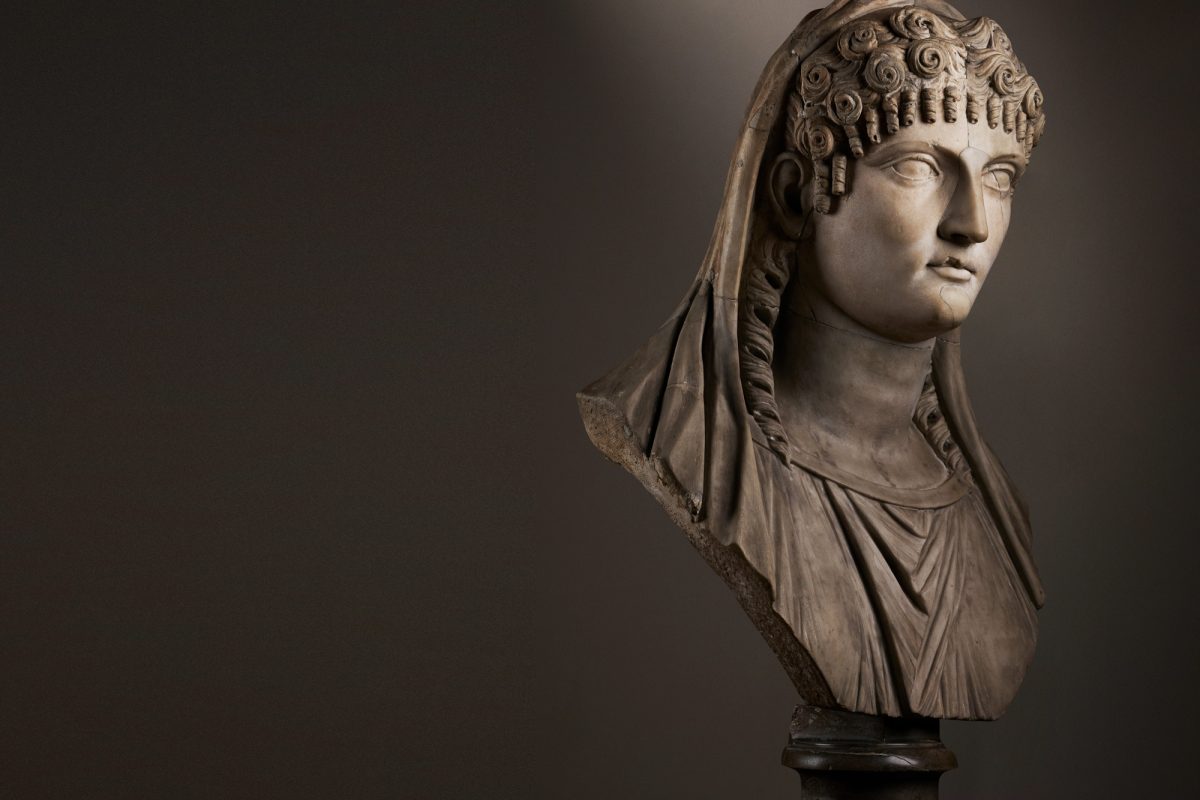A magnificent display of precious stones and jewellery gives a vivid insight in the cross-cultural influences between the Indian sub-continent and the West, an influence that continues to flourish today.
For centuries, the royal treasuries of India contained vast quantities of precious stones. Diamonds were found within the subcontinent, most famously in the southern region of Golconda. The best rubies came from Burma. Sri Lanka supplied sapphires, and from the 16th century emeralds were brought from South America to Goa, the great Eastern market for gemstones. These were of a size, colour and clarity that had never been seen before.
An exhibition at London’s Victoria & Albert Museum showcases over one hundred exceptional jewels, jewelled artefacts and jades from the Al Thani Collection.
The precious stones and jewelled pieces range in date from the early 17th century to the present day, and were made in the Indian subcontinent or inspired by India.
They include spectacular precious stones, jades made for Mughal emperors and a gold tiger-head finial from the throne of the South Indian ruler Tipu Sultan. Objects from the collections of the Nizams of Hyderabad show the influence of Western techniques and gem cutting on the work of Indian jewellers.
Famous jewels from leading European houses such as Cartier reveal the more significant impact of India on Art Deco jewellery in the early 20th century.
These bejewelled treasures highlight the exceptional skills of goldsmiths within the Indian subcontinent. The most recent pieces by jewellers such as JAR and Bhagat also demonstrate that cross-cultural exchanges continue to inspire contemporary jewellery design in India and Europe.
With the political upheavals of the 18th and early 19th centuries, production of traditional jewellery gradually moved out of palace workshops and into the commercial world. The process accelerated after the establishment of British rule in 1858.
In centres like Jaipur, where the maharajas actively supported the manufacture of enamelled kundan work, jewellery was increasingly bought by, or made for, Europeans. Small independent British companies employed Indian goldsmiths, while Indian jewellers established workshops in major cities. Their craftsmen made traditional Indian jewellery or adopted Western styles and techniques with equal facility. The use of Western-cut stones was one of the most significant changes. Their perfectly regular shapes were seen to best effect in open European settings, rather than the closed settings of kundan jewellery. A new railway network allowed jewellers to sell precious stones and jewels to patrons across the subcontinent, from the Nizams of Hyderabad in the south to Sikh maharajas in the far north.
See also: Eye of the Tiger
Remarkable exchanges took place between India and the West in the early 20th century. European jewellery absorbed Indian influences, while some Indian princely patrons wore contemporary Western jewellery.
In Paris, the Ballets Russes inspired a fashion for orientalism with its sensational 1910 production of Rimsky-Korsakov’s Schéhérazade. The stage sets and costumes in vermilion, crimson, indigo, purple, green and gold reflected the colours of the Mughal and Iranian book paintings acquired by European collectors, including the jeweller Louis Cartier.
At the same time, India’s princes, educated by Western tutors, visited Europe and bought jewellery from leading houses such as Cartier. These relationships grew stronger when Jacques Cartier travelled to India in 1911 to attend the great Delhi Durbar, held to mark the accession of George V as Emperor of India.
Some Indian rulers later brought their own jewels to Europe to be reset. For the first time in traditional Indian jewellery, the gold associated with kingship and divinity was abandoned for the lightness of platinum.
Outstanding jewels of the Indian past continue to inspire designers. Forms drawn from traditional kundan jewellery are adapted to settings of extraordinary lightness and delicacy. Exceptional stones cut in the Mughal manner are combined with gems shaped by the latest precision techniques.
A brooch made by Bhagat of Mumbai is set with old Golconda diamonds and smaller stones cut specially for it. An emerald in a brooch by JAR of Paris seems to float on white agate, setting off its cut and beautiful colour within a frame that echoes Mughal architecture. A necklace by Cartier has magnificent red spinels that retain their original irregular shapes, and a Bulgari ring is set with a rare engraved Mughal emerald. All these precious stone and jewelled pieces draw on the complex artistic traditions of the subcontinent, reinterpreting them in a completely modern idiom.
• The exhibition ‘Bejewelled Treasures: The Al Thani Collection’, at the Victoria & Albert Museum, London, is sponsored by the London Fabergé specialists, Wartski.
21 November 2015 – 10 April 2016
See also: BEDAT & Co. Art Deco Swiss Watches















